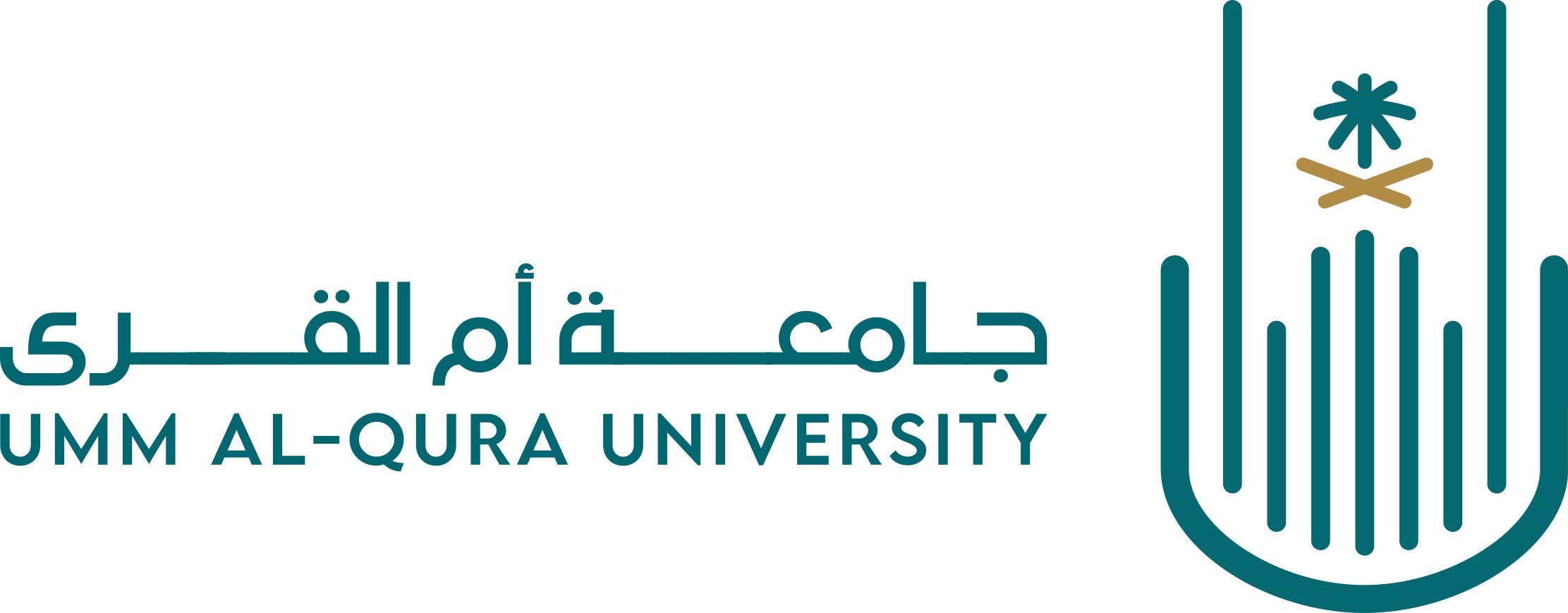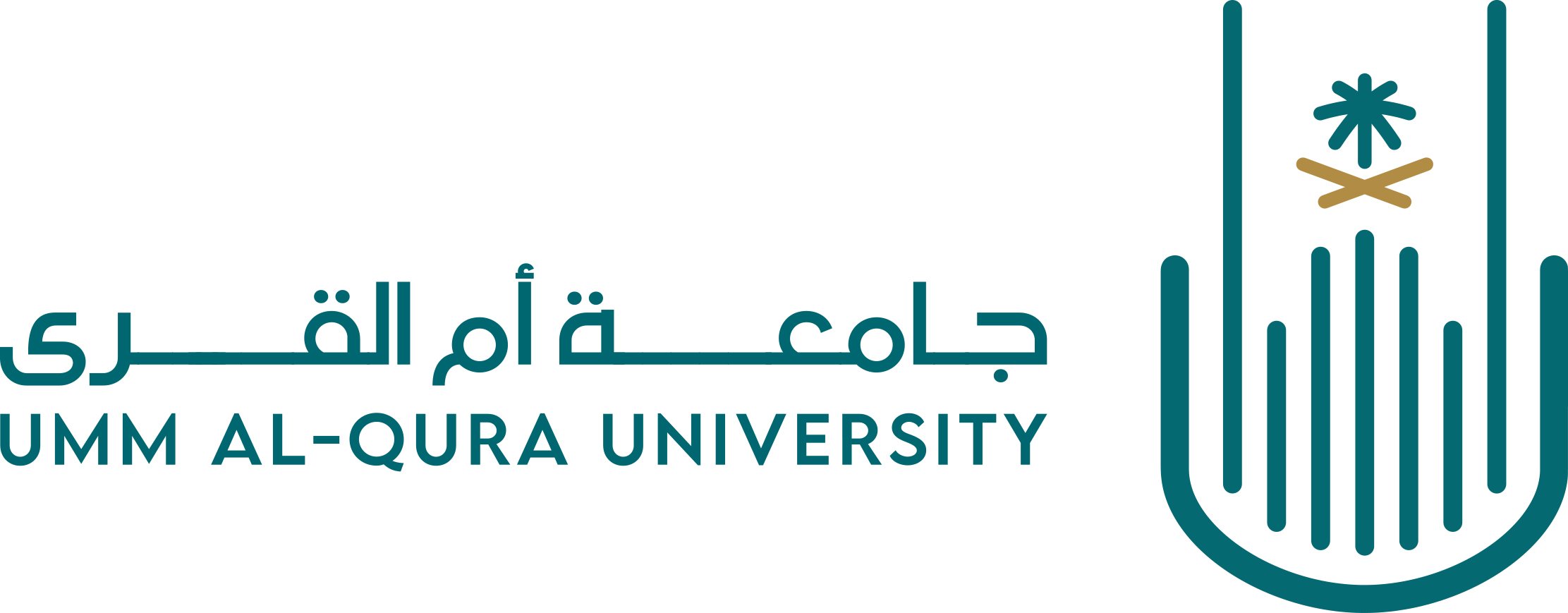- Communities& Collections
- Browse Items by:
- Issue Date
- Author
- Title
- Subject
نموذج مقترح للحصول على أفضل تدفق بين المشاعر المقدسة بالتحكم في الاختناق المروري
The use of computer simulations for modelling the behaviour of pre-existing/inaccessible products/real-life scenarios is increasing in academia and industry. The advantages of computer modelling and simulation are numerous, and include; controlled experimentation on an pre-existing/in-accessible real-life scenario without disturbing the real-life system, time- and space-compression of a real-life system and sensitivity analysis of selected key parameters. The need for such advanced computational techniques for behavioural analysis is increasing in the domain of traffic congestion and control, which has particular significance in any attempt to optimise the movement/flow of pilgrims between Holy sites during the Hajj period. The aim of this study is to model and optimise the flow/transportation of pilgrims between the various Holy sites through the use of highly sophisticated computer modelling & simulation techniques. Computer models are considered here for simulating the Makkah road network using the widely applicable concept of queuing and polling systems from computer science and engineering. In particular, this study considers a discrete-event simulator for protocol modelling, analysis and optimisation. The study compares a number of potential transport protocols suitable for the Hajj environment, before justifying the most appropriate/efficient protocol that optimises the flow of pilgrims between the various Holy sites. Key benefits would be obtained by employing a distributed protocol to traffic management, including increased efficiency of the available road network, thereby resulting with a decrease in the delays encountered and pollution emitted as a consequence of the inefficient flow of traffic.
| Title: | نموذج مقترح للحصول على أفضل تدفق بين المشاعر المقدسة بالتحكم في الاختناق المروري |
| Other Titles: | A Proposed Model for Optimizing the Flow of Pilgrims between Holy Sites Using Traffic Congestion Control |
| Authors: | تايان, عمر |
| Subjects :: | الحركة المرورية الازدحام المشاعر المقدسة |
| Issue Date :: | 23-January-2010 |
| Publisher :: | معهد خادم الحرمين الشريفين لأبحاث الحج والعمرة - جامعة أم القرى |
| Series/Report no.: | أبحاث الملتقى العلمي 10;5 |
| Abstract: | The use of computer simulations for modelling the behaviour of pre-existing/inaccessible products/real-life scenarios is increasing in academia and industry. The advantages of computer modelling and simulation are numerous, and include; controlled experimentation on an pre-existing/in-accessible real-life scenario without disturbing the real-life system, time- and space-compression of a real-life system and sensitivity analysis of selected key parameters. The need for such advanced computational techniques for behavioural analysis is increasing in the domain of traffic congestion and control, which has particular significance in any attempt to optimise the movement/flow of pilgrims between Holy sites during the Hajj period. The aim of this study is to model and optimise the flow/transportation of pilgrims between the various Holy sites through the use of highly sophisticated computer modelling & simulation techniques. Computer models are considered here for simulating the Makkah road network using the widely applicable concept of queuing and polling systems from computer science and engineering. In particular, this study considers a discrete-event simulator for protocol modelling, analysis and optimisation. The study compares a number of potential transport protocols suitable for the Hajj environment, before justifying the most appropriate/efficient protocol that optimises the flow of pilgrims between the various Holy sites. Key benefits would be obtained by employing a distributed protocol to traffic management, including increased efficiency of the available road network, thereby resulting with a decrease in the delays encountered and pollution emitted as a consequence of the inefficient flow of traffic. |
| URI: | http://dorar.uqu.edu.sa//uquui/handle/20.500.12248/131410 |
| Appears in Collections : | 3- المحور الثالث: البحوث العمرانية والهندسية |
| File | Description | Size | Format | |
|---|---|---|---|---|
| A Proposed Model.pdf | بحث - نموذج مقترح للحصول على أفضل تدفق بين المشاعر المقدسة | 448.4 kB | Adobe PDF |  View/Open |
| A Proposed Model.doc | البحث بصيغة وورد | 198 kB | Microsoft Word | View/Open |
| Hajj_Multaqa_Presentation_New.ppt | عرض بوربوينت | 729.5 kB | Microsoft Powerpoint | View/Open |
Items in D-Library are protected by copyright, with all rights reserved, unless otherwise indicated.



Comments (0)